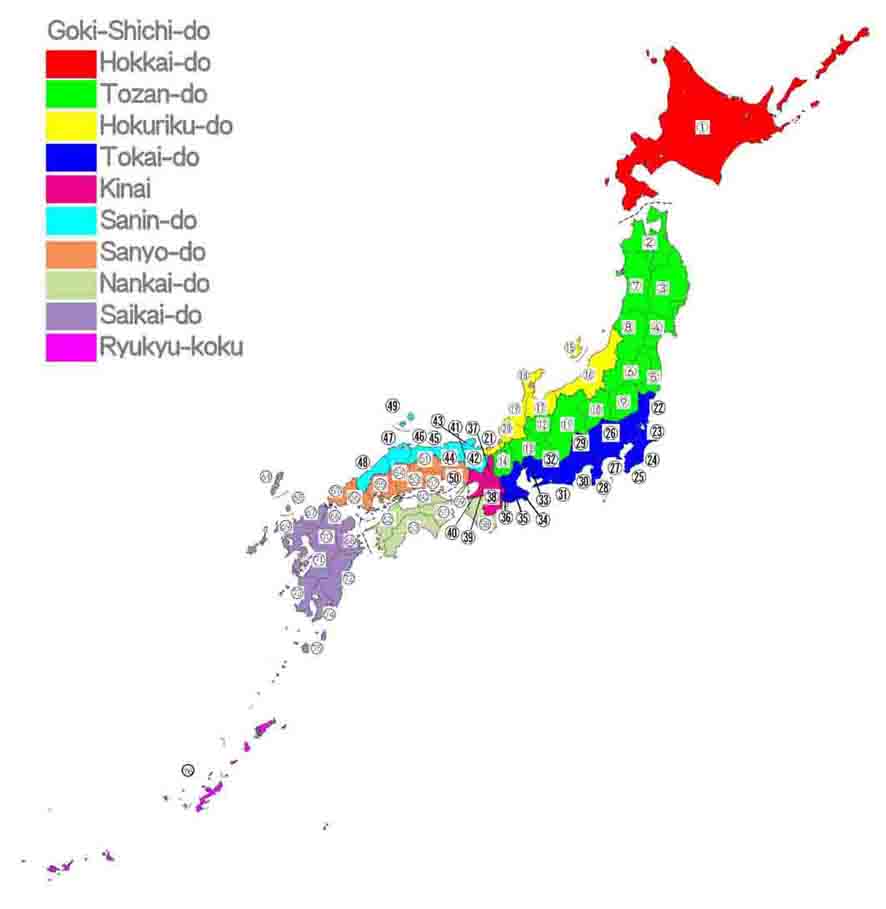Nakayama is in between Narita And Haneda International Airport
<クッキーについての同意並び欧州居住者向けプライバシーポリシー>
中山・下総・散歩道
Kazusa-no-kuni /The Summary of Kazusa Province
Kazusa was an administrative district in classic Japan. The area of Kazusa was located on the central part of Chiba prefecture. There was Shimousa in the north, Awa in the south, the Pacific Ocean in the east and the Tokyo Bay in the west of the province. Kazusa belonged to Tokai-do region, and it was counted as a large and farther country. The provincial government of Kazusa might be in Ichihara city in Chiba prefecture, and Kokubun-ji Temple were built in Ichihara city. And Sakitama-jinja Shrine in Ichinomiya-cho Chosei-gun was registerd as Ichinomiya (the first shrine) of Kazusa. This district was designated on the Ritsuryo code after the Taika Reform in 645. Kazusa was called 'Shinou Ninkoku', it meant that the gubernatorial post of the province was reserved as sinecures for imperial princes. Therefore, there was no governors, the chief in the provincial office was assistant governors.According to one of Japan classic or myth 'Kogoshui', Ame-no-tomi-no-mikoto took Inbe Clan in Awa to move east and cultivate hemps. At that time, they got high quality hemp harvested there, then they called there 'Fusa' (old word implies hemp), and it was divided into two districts, the southern part was named Kazusa, and northern one was Shimousa.
From ancient time, Kazusa was strategic base to bring crops to Tohoku region (the north eastern region) in Japan. In 848, Fushu-no-ran (the rebellion by slaves) arose in Ichihara. From 10th century, Prince Takamochi, the great-grandchild of the Emperor Kanmu became the assistant governor of Kazusa and he settled there, then the Heishi Clan (Taira Clan) gained the influential power and controlled there. In 935, the Taira-no Masakado's War happened, Masakado Taira was based at Sashima-gun (Sashima-gun in Ibaraki prefecture) in Shimousa, led togoku bushi (the samurai worriers in east Japan) to build their independent country in Kanto. In 936, he won the fight against Yoshikane Taira, the assistant governor of Kazusa at that time. The war ended in 940. In 1028, Tadatsune Taira controlled Simousa and Kazusa based on Souma-gun Shimousa, invaded Awa-no-kuni (southern part of Chiba prefecture), it was called the Taira-no-Tadatsune's War. the war was suppressed by the army of the Imperial Court. After that, the Chiba Clan and the Kazusa Clan, the descendants of Tadatsune, gained the influential power and flourished in Shimousa. In 1180, Minamoto-no-Yoritomo, the founder of Kamakura Bakufu (the Kamakura Shogunate) and the first Shogun of the Bakufu at Kamakura in Sagami-no-kuni (Kanagawa Prefecture), escaped to Awa-no-kuni when he had lost the battle at Ishibashi-yama. At that time, Hirotsune Kazusa and Tsunetane Chiba voluntarily served Yoritomo to raise his army. However, Hirotsune was misunderstood by Yoritomo and was assassinated at inside the barracks at Kamakura in Suruga-no-kuni. Therefore the Chiba Clan had belonged to the Kamakura Bakufu as an immediate vassal of the Shogun and Hirotsune had seated the position of the military governor of Kazusa.
From late Kamakura to early Muromachi period, some clans took the position, so there had been no supreme power in Kazusa for the period, Ashikaga Clan (later it would gained the power to control Japan), Sasaki Clan, Nitta Clan had took the position in short period. In Muromachi Period, Uesgi Clan occupied it.
In Sengoku (the Warring States) Period, Takeda Clan, the deputy military governor, at Mariyatsu base at Chonan to build their territory that they could collect the tax and the soldiers. However, Satomi Clan in Awa tried to invade Kazusa. After the Battles Of Konodai, the Go-Hojo Clan at Odawara gained the northern part of Kazusa and the Satomi took the south. After the Siege Of Odawara in 1590, Ieyasu Tokugawa, the founder of Edo Bakufu (Edo Shogunate) and the first shogun of the Bakufu, moved to Edo (Tokyo) and got Kanto region including Kazusa province. Kazusa were divided by several lords to control.
After Meiji Restoration, the classical districts were rebuilt, Kazusa merged with Awa and south-eastern part of Shimousa to be Chiba prefecture in 1873.
参考
千葉県ホームページ
デジタル大辞林
ブリタニカ国際大百科事典
日本大百科全書(ニッポニカ)
ウィッキウィッキペディア
Blue represents Tokai-do and No.24 in the map below is Kazusa-no-kuni.

- 広告 Advertisement -
